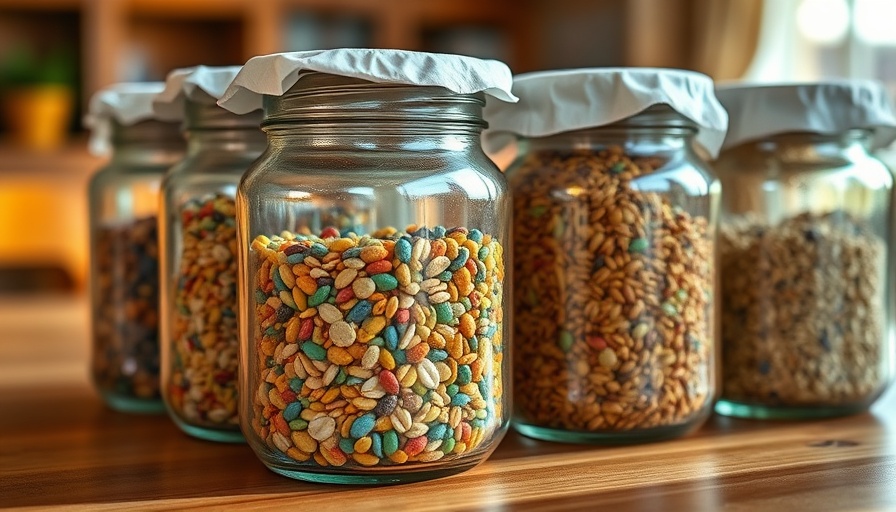
Unlocking the Secrets to Saving Seeds and Enhancing Your Outdoor Garden
As summer draws to an end, many avid gardeners begin to reflect on the year’s harvest while strategically planning for next year’s garden. One of the most rewarding practices you can undertake is saving seeds from your best vegetables. This not only preserves your favorite plants but also heightens the quality of your garden year after year.
Why Saving Seeds Matters
Saving seeds may seem like a tedious chore, but it holds immense benefits for every gardener. By harvesting seeds from plants that flourish in your specific growing conditions, you ensure that next year’s plants are tailored to your garden's unique environment. This method of cultivation enhances resilience and yields, allowing your garden to thrive.
Three Methods to Save Seeds with Ease
With a few simple techniques, you can start your journey towards becoming a proficient seed saver. Here are three effective methods:
- Mature in the Garden: For some vegetables, like lettuce and cabbage, allow the seeds to mature directly on the plant. Cover the flowering plants with a plastic bag to catch the seeds as they drop for easy collection.
- Fermenting Seeds: This method is essential for seeds like cucumbers and tomatoes. Remove the seeds from the fruit, bury them in water, and let the mixture ferment. This process helps remove the gelatinous coating that inhibits germination.
- Scoop Out and Dry: When it comes to seeds from pumpkins, peppers, or strawberries, simply scoop them out, rinse off any residue, and allow them to dry thoroughly before storage in labeled envelopes.
Get Ready for an Eco-Friendly Gardening Adventure
Embarking on seed-saving not only celebrates sustainable gardening practices but also connects us to generations past. By passing down seeds, we honor our gardening heritage while nurturing future growth. This autumn, as you prepare for the colder months, take a moment to collect and save seeds from your garden. It’s a small step that can yield huge returns in the coming years.
Join the Seed Saving Movement!
Your garden can benefit tremendously from this practice. So gather your tools—snipping scissors, seed envelopes, and Mason jars—and get started! Planning for next season begins now. Not only will you enjoy a garden that improves year on year, but you’ll also contribute to a movement that prioritizes preserving biodiversity and sustainability.
 Add Row
Add Row  Add
Add 




Write A Comment